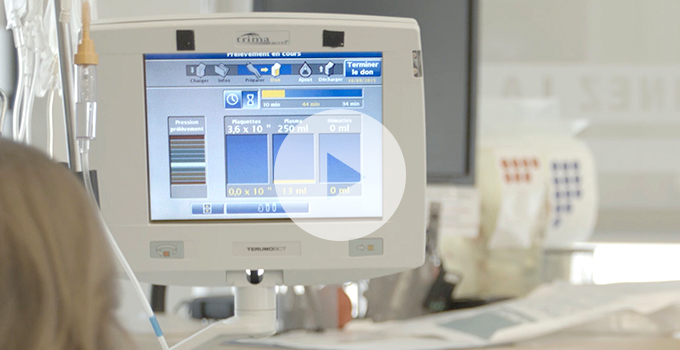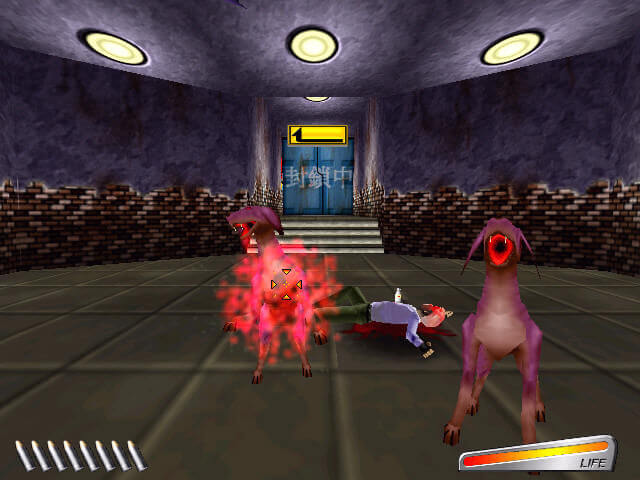.Hounds Of The Blade English Patchhttp://shorl.com/frinilerydobry. Contextual translation of 'donorselectionincaseofpandemicsituations.pdf' into English. Human translations with examples: MyMemory, World's Largest Translation Memory.
 Google uses cookies and data to:
Google uses cookies and data to:- Deliver and maintain services, like tracking outages and protecting against spam, fraud, and abuse
- Measure audience engagement and site statistics to understand how our services are used
Nausea and vomiting. Puffiness or swelling of the eyelids or around the eyes, face, lips, or tongue. Redness of the eye. Severe stomach pain. Shortness of breath. Tightness in the chest. Unusual tiredness or weakness. Vomiting of blood or material that looks like coffee grounds. Sep 13, 2018 The fourth entry in Des Blood series is, like its predecessors, a story-driven shooter with adult content. The exploration mode is viewed from a third-person perspective and involves the player navigating Esk through 3D environments, finding the correct route and occasionally solving simple puzzles.
If you agree, we’ll also use cookies and data to:- Improve the quality of our services and develop new ones
- Deliver and measure the effectiveness of ads
- Show personalized content, depending on your settings
- Show personalized or generic ads, depending on your settings, on Google and across the web
Des Blood English Patch Free
 For non-personalized content and ads, what you see may be influenced by things like the content you’re currently viewing and your location (ad serving is based on general location). Personalized content and ads can be based on those things and your activity like Google searches and videos you watch on YouTube. Personalized content and ads include things like more relevant results and recommendations, a customized YouTube homepage, and ads that are tailored to your interests.
For non-personalized content and ads, what you see may be influenced by things like the content you’re currently viewing and your location (ad serving is based on general location). Personalized content and ads can be based on those things and your activity like Google searches and videos you watch on YouTube. Personalized content and ads include things like more relevant results and recommendations, a customized YouTube homepage, and ads that are tailored to your interests.Click “Customize” to review options, including controls to reject the use of cookies for personalization and information about browser-level controls to reject some or all cookies for other uses. You can also visit g.co/privacytools anytime.
Treatment
During the past several years, much has been written about a preparation called platelet-rich plasma (PRP) and its potential effectiveness in the treatment of injuries.
Many famous athletes — golfer Tiger Woods, tennis star Rafael Nadal, and several others — have received PRP for various problems, such as sprained knees and chronic tendon injuries. These types of conditions have typically been treated with medications, physical therapy, or even surgery. Some athletes have credited PRP with their being able to return more quickly to competition.
Even though PRP has received extensive publicity, there are still lingering questions about it, such as:
- What exactly is platelet-rich plasma?
- How does it work?
- What conditions are being treated with PRP?
- Is PRP treatment effective?
What Is Platelet-rich Plasma (PRP)?
Although blood is mainly a liquid (called plasma), it also contains small solid components (red cells, white cells, and platelets). The platelets are best known for their importance in clotting blood. However, platelets also contain hundreds of proteins called growth factors that are very important in the healing of injuries.
Free download adobe flash player 9 for mac. PRP is plasma with many more platelets than what is typically found in blood. The concentration of platelets — and, thereby, the concentration of growth factors — can be 5 to 10 times greater (or richer) than usual.
To develop a PRP preparation, blood must first be drawn from a patient. The platelets are separated from other blood cells and their concentration is increased during a process called centrifugation. These platelets are then injected into the injured site.
Related Articles
Diseases & Conditions
Treatment
Helping Fractures Heal (Orthobiologics)
Diseases & Conditions
Diseases & Conditions
Patellofemoral Pain Syndrome
How Does PRP Work?
Although it is not exactly clear how PRP works, laboratory studies have shown that the increased concentration of growth factors in PRP can potentially speed up the healing process.
To speed healing, the injury site is treated with the PRP preparation. This can be done in one of two ways:
- PRP can be carefully injected into the injured area. For example, in Achilles tendinitis, a condition commonly seen in runners and tennis players, the heel cord can become swollen, inflamed, and painful. A mixture of PRP and local anesthetic can be injected directly into this inflamed tissue. Afterwards, the pain at the area of injection may actually increase for the first week or two, and it may be several weeks before the patient feels a beneficial effect.
- PRP may also be used to improve healing after surgery for some injuries. For example, an athlete with a completely torn heel cord may require surgery to repair the tendon. Healing of the torn tendon can possibly be improved by treating the injured area with PRP during surgery. This is done by preparing the PRP in a special way that allows it to actually be stitched into torn tissues.

What Conditions are Treated with PRP? Is It Effective?
Research studies are currently being conducted to evaluate the effectiveness of PRP treatment. Recent research has shown that certain tendon problems can have improved outcomes with PRP injections. Additionally, more and more literature is showing the significant effectiveness of PRP in the treatment of mild to moderate knee osteoarthritis. Factors that can influence the effectiveness of PRP treatment include:
- The area of the body being treated
- The overall health of the patient
- Whether the injury is acute (such as from a fall) or chronic (an injury developing over time)
- The preparation of the PRP, including the cellular makeup of the material that is injected
Chronic Tendon Injuries
According to the research studies currently reported, PRP is effective in the treatment of chronic tendon injuries, especially tennis elbow, a very common injury of the tendons on the outside of the elbow.
The use of PRP for other chronic tendon injuries — such as chronic Achilles tendinitis or inflammation of the patellar tendon at the knee (jumper's knee) is promising. However, it is difficult to say at this time that PRP therapy is any more effective than traditional treatment of these problems.
Acute Ligament and Muscle Injuries
Much of the publicity PRP therapy has received has been about the treatment of acute sports injuries, such as ligament and muscle injuries. PRP has been used to treat professional athletes with common sports injuries like pulled hamstring muscles in the thigh and knee sprains.
Surgery
More recently, PRP has been used during certain types of surgery to help tissues heal. It was first thought to be beneficial in shoulder surgery to repair torn rotator cuff tendons. However, the results so far show little or no benefit when PRP is used in these types of surgical procedures. Recent research has been dedicated to the benefit of PRP in meniscus healing after meniscus repair; however, these studies are only in their infancy.
Surgery to repair torn knee ligaments, especially the anterior cruciate ligament (ACL) is another area where PRP has been applied. At this time, there appears to be little or no benefit from using PRP in this instance.
Knee Arthritis
More and more literature is showing the effectiveness of low-leukocyte PRP in treating low- to moderate-grade knee osteoarthritis. Some studies have shown that these results can last up to two years.
Fractures

PRP has been used in a very limited way to speed the healing of broken bones. So far, it has shown no significant benefit.
Conclusion
Treatment with PRP could hold promise, however, current research studies to back up the claims in the media are lacking. Although PRP does appear to be effective in the treatment of certain chronic tendon injuries and low- to moderate-grade knee osteoarthritis, the medical community needs more scientific evidence before it can determine whether PRP therapy is truly effective in other conditions

Even though the success of PRP therapy is still questionable, the risks associated with it are minimal: There may be increased pain at the injection site, but the incidence of other problems — infection, tissue damage, nerve injuries — appears to be no different from that associated with cortisone injections.
Des Blood English Patch Download
If you are considering treatment with PRP, be sure to check your eligibility with your health insurance carrier. Few insurance plans, including workers' compensation plans, provide even partial reimbursement.